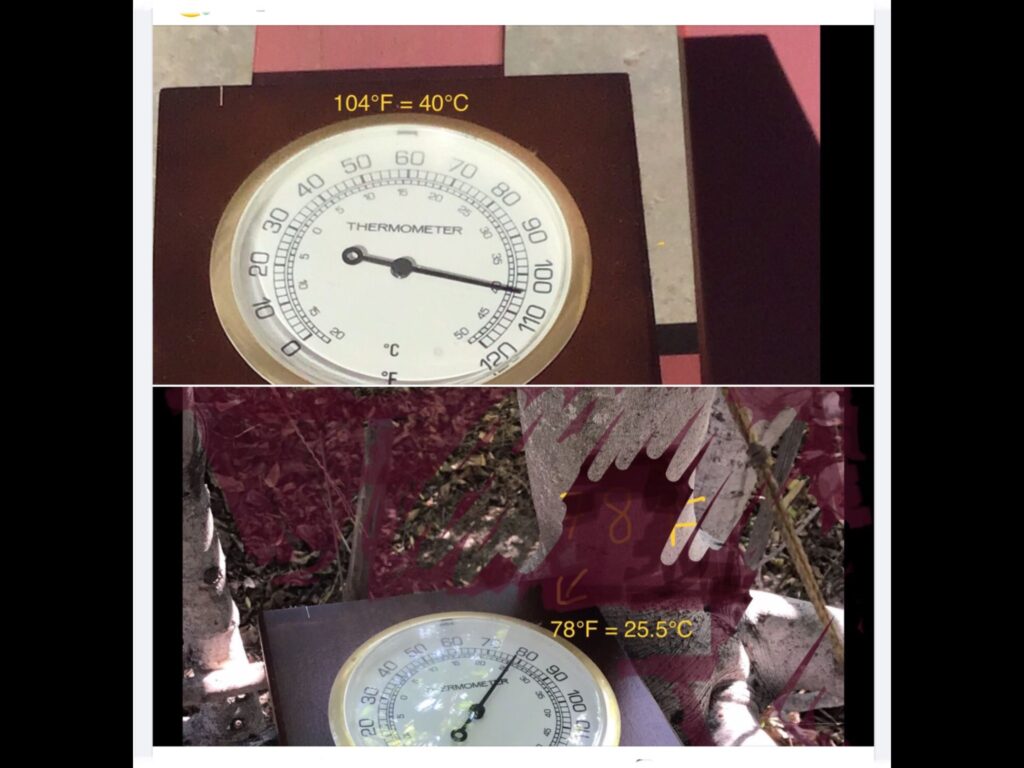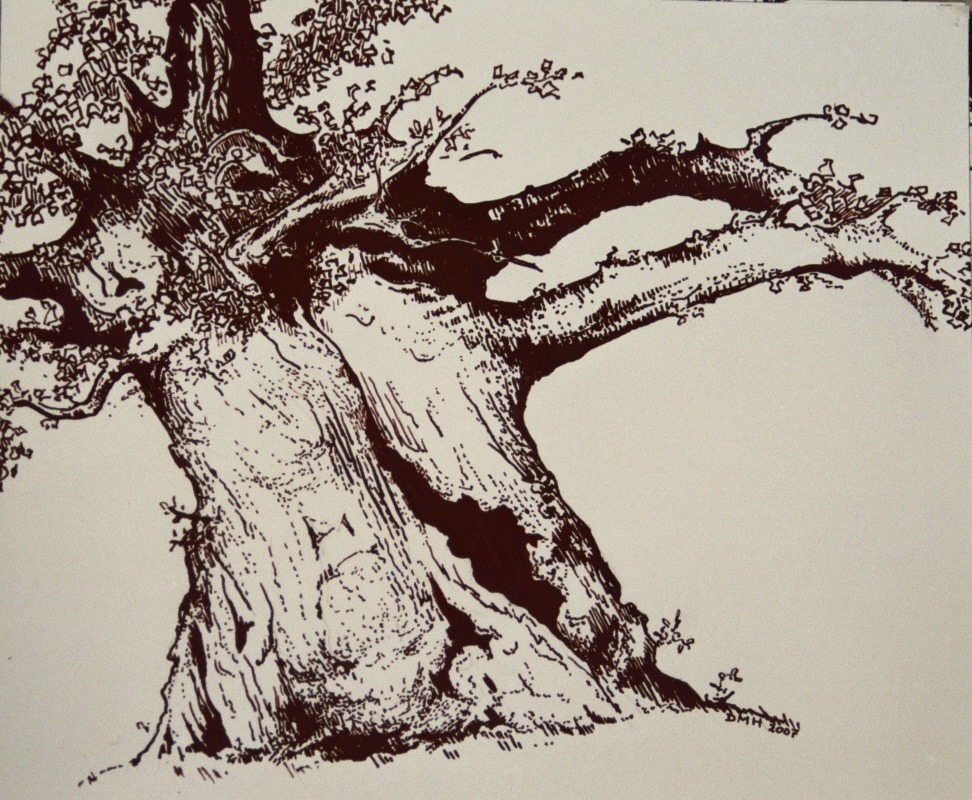
Now the US Forest Service has announced that it will award more than one billion dollars in grants to help cities and towns plant trees, which can help significantly lower temperatures in urban areas. First of all, a pocket forest is usually defined as a small area of densely planted native trees, shrubs, and ground cover plants, becoming a woodland ecosystem in the heart of towns and cities.
On a personal level, my own “pocket forest” in California has been very successful in reducing outdoor temperatures, but is also a nice example of enriching a small backyard space (the size of two car parking spaces to be exact). Being in California, I needed trees with large leaves that would not shrivel up in the hot sun like my roses do. I needed trees that would grow fast and tall, require minimal maintenance, and not need extensive watering. Today, I am happy with what I chose: two fig trees which produce several hundred edible figs every summer, a small cluster of wild bushes with berries for birds, and shade for my roses, which would not otherwise survive the midday sun.
Lowering of backyard temperature was significant, from 40° C in the sun to 25° C in the shade on hot days. There is usually one resident wild rabbit, different types of bird nests (and thus, bird songs). Sometimes even wild ducks build soft downy nests in a secluded, shady corner nearby. Amazingly, I rarely have to water this part of the garden, even though rain is usually scarce in the summertime.

To provide more information for Canadian readers, I spoke with Christopher Helmeste, an ISA (International Society of Arboriculture) Certified Arborist to hear his choices when it comes to pocket forest trees in the Toronto area. Having completed his master's degree in forest conservation at the University of Toronto, Christopher (who has extensive Estonian roots) currently works as arboriculture project manager in the Toronto region.
For Toronto, Christopher recommended the following native species for providing shade in back yards. Since they can grow pretty large, they shouldn't be planted very close to a house to avoid problems like branches growing onto the roof:
Tulip Tree – Liriodendron tulipifera
The tulip trees grow to their mature height and spread at a fast rate. They are both a shade tree and ornamental, with tulip-shaped flowers in spring and star-shaped, bright gold or yellow leaves in the fall months. These trees can grow more than two to three feet in a year. They are an ideal choice for backyards, provided they can handle their height.
Sycamore Tree- Platanus occidentalis
If you are looking for a shade tree that grows fast, the Sycamore Tree is an excellent choice. These trees offer dense shade and are beautiful, with a broad and rounded appearance. The leaves are refreshingly green in spring and turn yellow in the fall. Whether you have a small or big yard, this is a perfect urban tree because it can withstand pollution and won't uproot the ground.
Sugar Maple – Acer saccharum
These are the largest of the maple trees. They grow at a medium rate and are the best source of maple sugar in terms of quantity produced. They can handle varied conditions, such as different water levels, soil types, and pollution. They are aesthetically pleasing, with vibrant colours. Moreover, they do not require much upkeep.
Black Willow – Salix nigra
Black willows are suitable for backyards that are prone to flooding or have very moist soil. It's a fast-growing shade tree and can keep your yard and home cooler during the hot summer months. It has narrow leaves and is an ideal option for property owners in Toronto who experience seasonal flooding, because it acts as an excellent soil binder. Black willows grow perfectly in areas with moist soil. It's an ideal choice of vegetation if you have a lake or pond on your property. Finally, it's considered an ornamental tree because of its beautiful appearance.
Happy planting!




